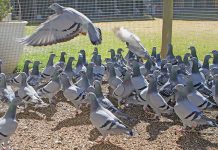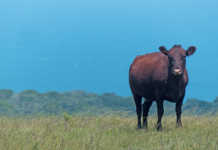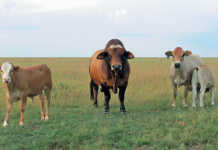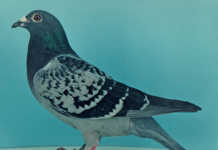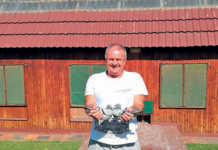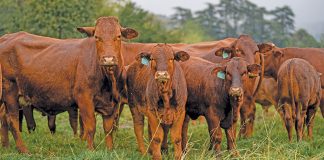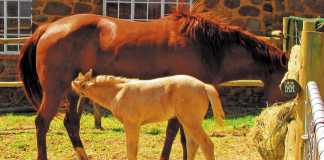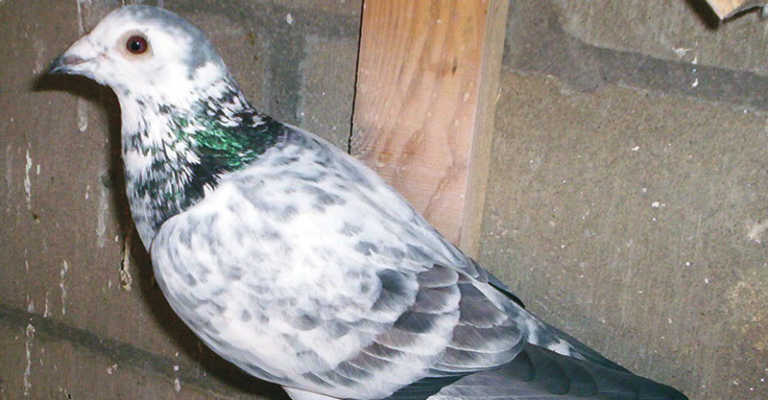
Fitness can also be ruined before a race by ill-considered changes in the road training programme, and/or omissions in the birds’ diet.
General fitness is achieved through regular exercise. If, say, a training programme consists only of daily home training of less than 60 minutes and isn’t supplemented with, perhaps, two road training flights a week, then don’t expect your pigeons to be ready for race competition.
READ Talking to pigeon fancier Deon du Toit
But general fitness is only the foundation. Generally, fit pigeons that aren’t prepared for strenuous competition will lack the strength to score, because they can’t keep up with the leaders.
In other words, in addition to general fitness, we need race condition and peak form.
Race fitness
Racing pigeons need to be exposed to strenuous exercise from time to time to advance their general fitness to top form. This also helps improve the bird’s mental readiness.
You need to determine the average time the pigeons are expected to spend on the wing, by analysing the distance to be flown and the expected weather conditions of the race event. The training programme must then be formulated to meet these demands.
Peak form
Peak form can be expected when a race team is pushed a little harder in training two to three times per week. It’s about providing a burst of energy and an explosion of strength.
Peak form in racing pigeons can be reached repeatedly during the same season, while certain pigeons can maintain top condition for several weeks.
When it comes to short to middle distances, one should prevent pigeons from spending too many hours on the wing during all training sessions.
If they’re allowed to run away in the middle of the week, form will be lost by Saturday, the day of the race.
Over-training
A willing racer of superior quality can fly in front for several weeks and appear to be in peak form all the time.
But if its winning streak is unexpectedly taxed by a sudden change in the weather it may not cope. If it finds itself off-pace it will ultimately stray.
In other words, if a multiple performer scores week after week in fast-paced race speeds, make sure you don’t indiscriminately entered it into a race with a low speed against a cruel head-wind – it may not have enough reserves and stamina to endure.
READ Maintaining optimal pigeon health
However, a racing pigeon that peaks in winning a blow home can be doubled back into a headwind the next week providing it had a break from racing in the weeks before being doubled back.
- Too many good pigeons are lost because the fancier’s ego demands a place on the score-board.
- Extended home or road training should ideally be arranged on Saturdays for those pigeons not entered into the race and then again on Tuesday and Thursday.
- Extended feeding and general supplements must be added to provide extra fuel for the extra workload.
- Well-timed additional exercise followed by rest and supplementation just before a race will help the team fly faster and pace itself better during the races.
- Where middle- to long-distance race events are concerned, we can’t train our pigeons strenuously during the week and still expect them to fly to the moon on Saturday.


